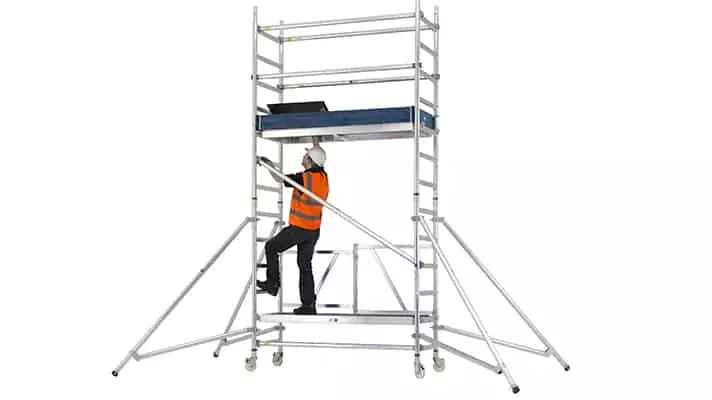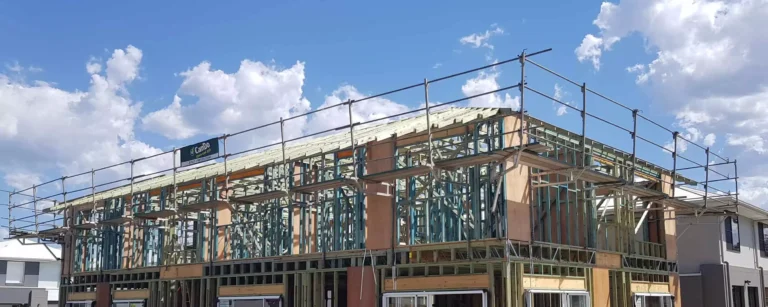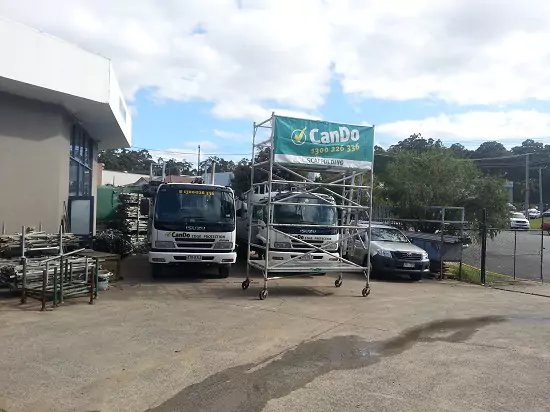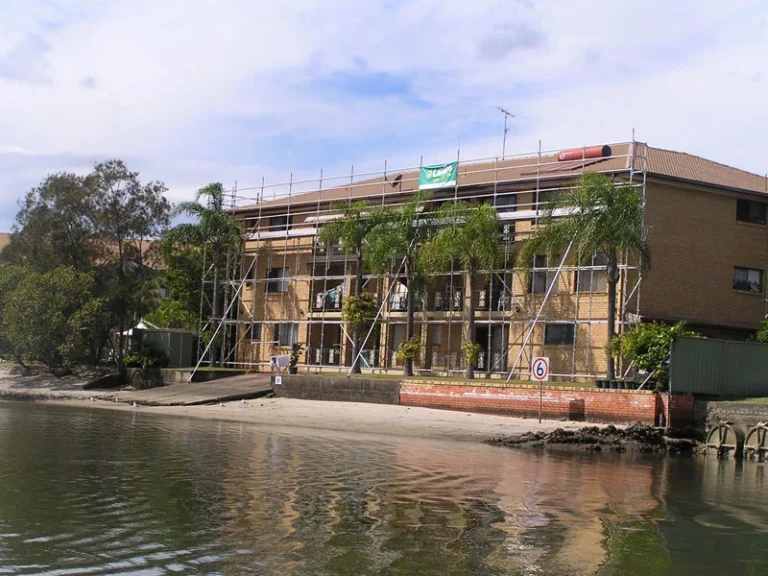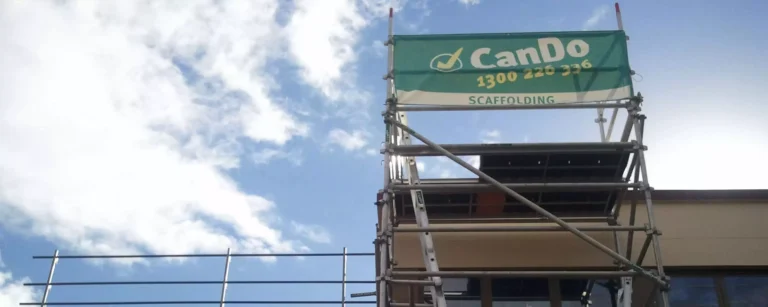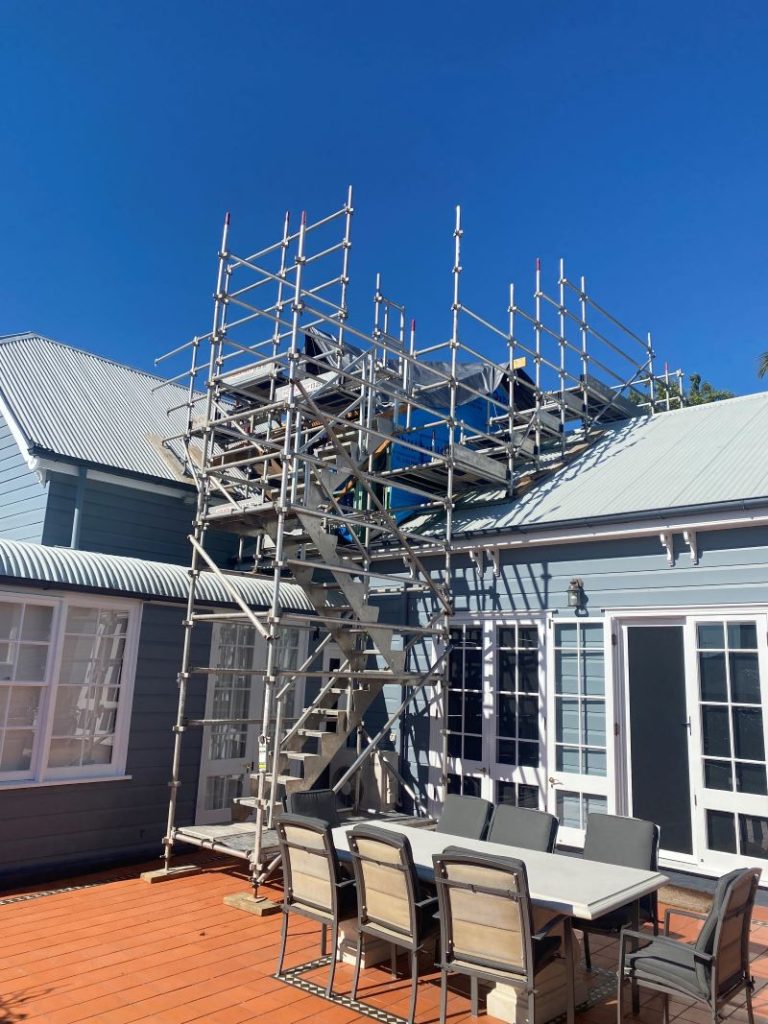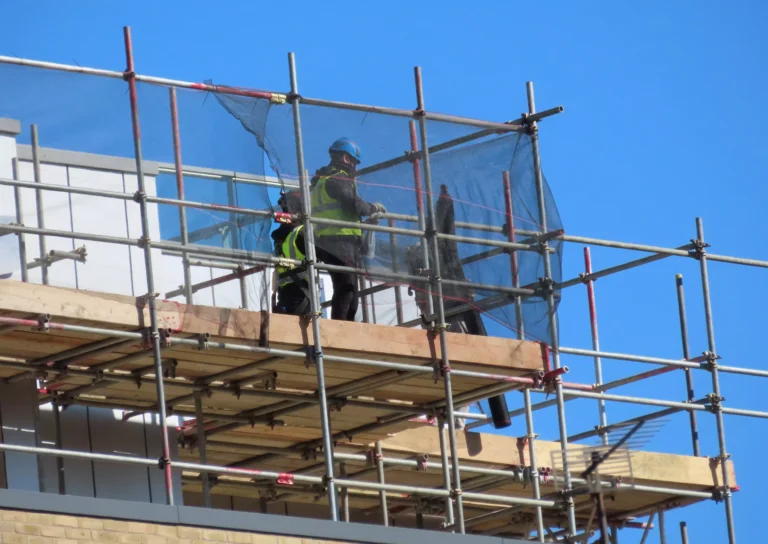Scaffolding Work: Managing The Risks
Scaffolding can be a very dangerous undertaking and must be supervised and performed by a person holding the appropriate risk work licence. For safety reasons, anyone hiring, leasing, handling, managing or transporting scaffolding in the workplace needs to be aware and manage the risk to do with their undertaking.
Use the following guide to ensure that workers and other people at a scaffolding site are safe from any health and safety hazards and all risks are minimised or eliminated.
Identifying Hazards
The first step in risk management is to find out and be aware of the potential hazards linked to scaffolding. By following the below steps you’ll easier identify and avoid hazards on a scaffolding work site.
- Scan the work site and identify high-risk areas where scaffolding is being used and where there is interaction with outside elements such as vehicles, persons and other structures.
- Check the ground conditions where the scaffolding is intended to be erected.
- Identify functional requirement of the scaffold structure; maximum loads and access requirements.
- Carefully inspect each element of the scaffolding structure to ensure all parts are in good working condition. This applies to both pre and post construction.
- Build a repertoire with your workers and find out about previous and anticipated issues when working with scaffolding, including inspections, maintenance, repairs, transports and storage handling.
- Inspect the erected structure thoroughly to ensure it has been erected according to safety standards.
- Review incidents and injury reports, including any ‘close calls’.

Assessing The Risk
It is good working practice to always carry out an initial risk assessment to quickly identify the likelihood of accidents and their severity levels. This will enable you to not only minimise or control the risk, but also to have a plan in place in case of an emergency.
Controlling The Risk
Controlling risks in the workplace includes something that’s called the ‘hierarchy of risk’. This is where you rank the risks in order of reliability. You assess whether hazards can be completely removed or can be minimised so far as is reasonably practicable. You will need to consider all possible control measures and carefully assess which measures are a reasonable practice for your workplace, considering budget and availability.
Review The Control Measures
Due to the high-risk nature of scaffolding work, you will need to check and review your control measures on a regular basis to ensure they are sufficient in controlling the risks in the workplace. The scheduled reviews should include considerations such as the duration and nature of the work, any changes to procedures and that all systems are working as intended.
Common Hazards & Risk Management
- Adjacent Buildings or Structures: Control risks associated with collapse of the scaffold onto an adjacent building or structure, and collapse of an adjacent building or structure.
- Electric lines: A Safe Work Method Statement (SWMS) must be prepared before work starts near energised electrical installations or services.
- Safe entry and exit points: Common means of entry and exit include temporarily stairs, platforms and existing floor levels.
- Falls: Be aware of fall hazards including adverse weather, glares from surfaces, rubbish bins, large tools and more.
- Falling objects: To prevent objects from injuring people, perimeter containment screens should be located inside the standards on working platforms.
- Ladders: Ladders should be fixed, located within a separate ladder access bay and be set up on a firm, level surface.
- Ground conditions: Those doing the scaffolding work should be aware of any factors that may affect ground stability.
- Loading: The specifications of the designer, manufacturer or supplier should be followed for the maximum loads of the scaffold.
- Mixing scaffolding from different systems: Simply do not mix scaffolding from different manufacturers unless a competent person has determined that it is safe.
- Powered mobile plant and traffic: Control measures included re-routing vehicles away from scaffold and using barricades and signs.
- Supporting structures: Get advice from a competent person before anchoring a scaffold to a building or erecting scaffolds on unknown surfaces.
- Unauthorised access: Entry to scaffold areas should be restricted to those carrying out the scaffolding work.
A Reputable Scaffolding Company
If you are planning to carry out any construction works on the Gold Coast, Brisbane, or northern NSW; the best way to manage the risks of working with scaffolding is by hiring the services of CanDo. We provide a comprehensive range of scaffolding solutions for hire, including mobile scaffold towers, void protection platforms and roof edge protection, that will suit any residential or light commercial construction works.
CanDo’s qualified scaffolders also provide consultation services to ensure that you get the best solution to your specific needs and to comply with the Work Place Health and Safety Regulations.
Contact CanDo today at 1300 226 336 and get a free quote and expert advice for your scaffolding hire needs.
Related Articles:
- Understanding Scaffold Load Capacity for Residential Projects
- Can You Put A Ladder On Scaffolding?
- Why Scaffolding is Needed for Gutter Replacement
- Who Is Responsible For The Scaffold Hire?
- Which Scaffold Do I Hire? Aluminium Or Steel?

